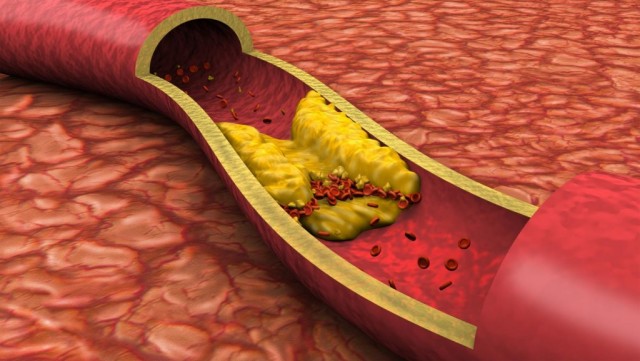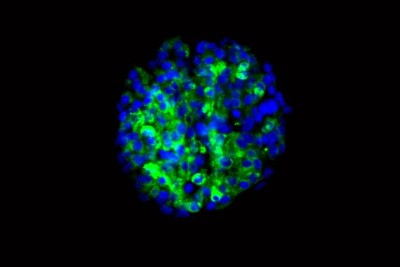February 2006 - Few people who are having a stroke get to the hospital in time to receive the clot-busting drug that reduces the chance of disability, according to a new study published in the February 14, 2006, issue of Neurology, the scientific journal of the American Academy of Neurology.
If a stroke is caused by a blocked blood vessel, the drug recombinant tissue plasminogen activator, called tPA, can dissolve the clot if it is given within three hours of when the symptoms began.
"People need to learn the warning signs of stroke and call 911 immediately if they think someone might be having a stroke," said study author Mathew Reeves, PhD, of Michigan State University in East Lansing. "A stroke is an emergency, and we now have treatments that can help."
The study involved 15 hospitals in Michigan. Researchers identified everyone who was admitted to the hospital with a stroke over a six-month period. Of the 2,097 people who had strokes involving blood clots, only 43 people, or 2 percent, received the clot-busting treatment. Of those who did not receive treatment, 41 percent arrived at the hospital more than three hours after the first symptom started. For another 38 percent, there was no information available about when the symptoms started.
"It's very important to be able to tell the medical staff when the symptoms started," said Reeves. "It could mean the difference between receiving treatment and not receiving treatment."
Continue Reading Below ↓↓↓
Several factors increased the chances that tPA would be given. Those who arrived at the hospital by ambulance were seven times more likely to receive tPA than those who arrived on their own.
"People who arrive by ambulance are seen and evaluated more quickly in the emergency department," Reeves said. "This is probably due to a combination of reasons. EMS transport allows the emergency department to be notified that an acute stroke case will be arriving. The paramedics are also able to do some simple but important background steps in the ambulance--such as completing a rapid neurological exam, putting in an IV line, and drawing blood. These steps allow the hospital to then 'fast track' the patient through the emergency department, thus increasing the chance of meeting the three-hour deadline for tPA treatment."
Women were 60 percent less likely to receive tPA than men. And the sooner people arrived at the hospital within the three-hour window, the more likely they were to receive tPA. Those who arrived during the second hour after symptoms were less than half as likely to receive tPA as those who arrived within the first hour of symptoms. Those who arrived between two and three hours after symptoms started were 33 times less likely to receive the treatment than those who arrived within the first hour after symptoms.
Of those who did arrive within three hours and did not receive the treatment, the two main reasons for not giving tPA were that the patient's condition had improved significantly or that the stroke was considered too mild to require treatment.
The warning signs of stroke include:
- Sudden numbness or weakness of face, arm, or leg, especially on one side of the body
- Sudden confusion, trouble speaking or understanding
- Sudden trouble seeing in one or both eyes
- Sudden trouble walking, dizziness, loss of balance or coordination
- Sudden severe headache with no known cause
The American Academy of Neurology, an association of nearly 19,000 neurologists and neuroscience professionals, is dedicated to improving patient care through education and research. A neurologist is a doctor with specialized training in diagnosing, treating, and managing disorders of the brain and nervous system such as Alzheimer's disease, epilepsy, Parkinson's disease, multiple sclerosis, and stroke. For more information about the American Academy of Neurology, visit www.aan.com.
Source: American Academy of Neurology










